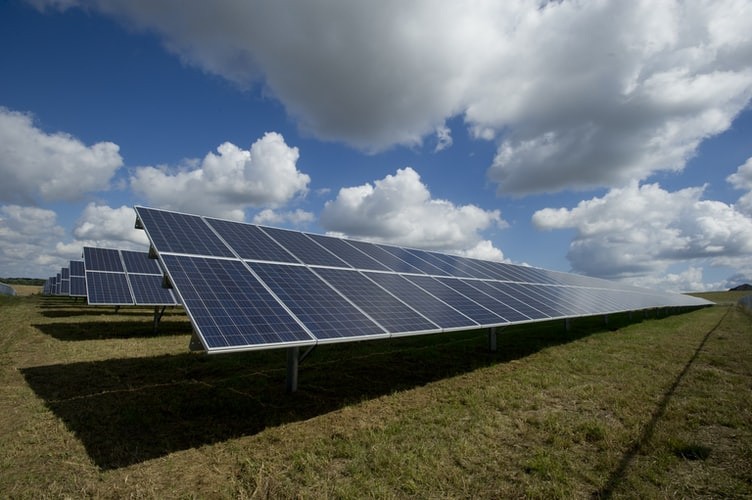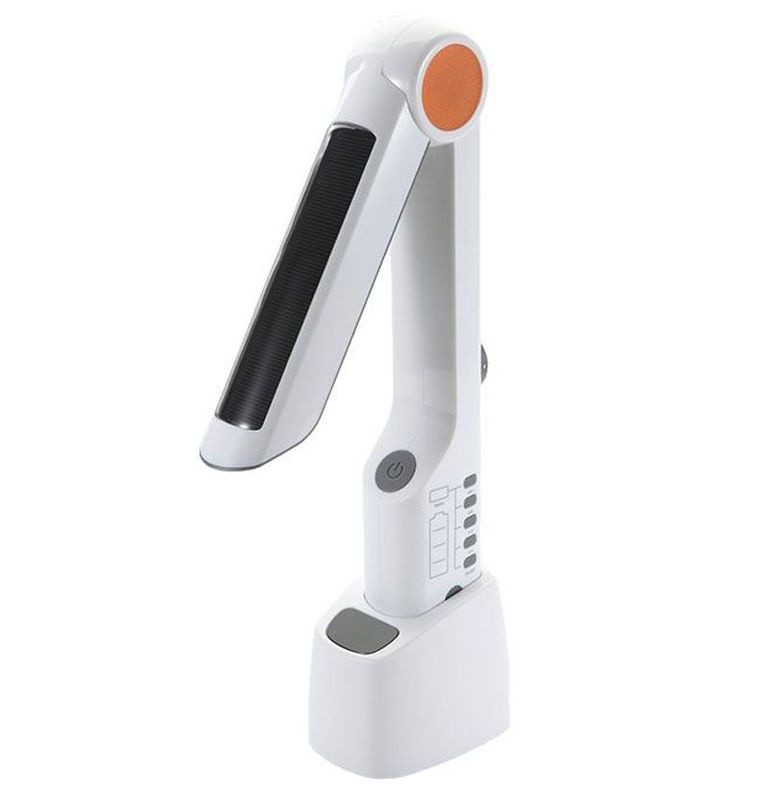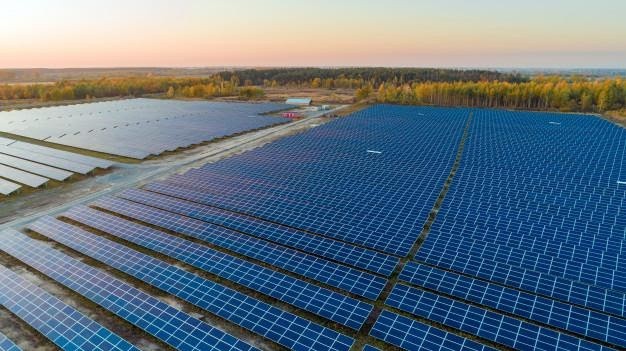Researchers from Nanyang Technological University, Singapore (NTU Singapore) have developed a "smart" device that harvests daylight and relays it to underground spaces, reducing the need for traditional energy sources.

Authorities in Singapore consider whether it is feasible to dig deeper underground to create new space for infrastructure, storage, and utilities. As a result, demand for 24-hour underground lighting is expected to increase in the future.
The NTU team took inspiration from the magnifying glass, which can be used to focus sunlight into a single point, to develop a daylight harvesting device that can meet this need in the long run.
The device, which was developed by Assistant Professor Yoo Seongwoo of the School of Electrical and Electronics Engineering and Dr. Charu Goel of NTU's The Photonics Institute, was published in the peer-reviewed scientific journal Solar Energy earlier this month.
Yoo Seongwoo's device sits above ground. The acrylic ball acts as a solar concentrator, allowing parallel rays of sunlight to form a sharp focus on the opposite side, much like the lens of a magnifying glass. The concentrated sunlight is then collected in one end of a fibre cable and transported to the other end, buried. The light is then directly emitted from the end of the fibre cable.
Environmental Friendly Lamp Post

NTU's team believes the device is ideal for being mounted as a conventional lamp post above ground. This would enable the innovation to be used in two ways: a device to harvest sunlight in the day to light up underground spaces and a streetlamp to illuminate above ground at night using electricity. The research is an example of NTU's Smart Campus vision that aims to develop technologically advanced solutions for a sustainable future.
How the Device Tracks Sunlight
The concentrated sunlight's location within the plastic ball will change as the sun travels through the sky during the day. The device uses a computer chip-based process to monitor the sun rays during the day and ensure that sufficient sunlight is captured and transmitted down the fibre cable.
It is pre-loaded with the Global Positioning System (GPS) coordinates of the device's location, allowing it to decide where the most sunlight can be centered at any given moment. At one-minute intervals, two small motors automatically change the direction of the fibre to capture and move sunlight from the centered location.
An LED lamp powered by electricity mounted right next to the emitting end of the fibre cable will automatically light up during rain or overcast skies where there is insufficient sunlight to be captured and transported underground. This means that the unit will continue to light underground spaces during the day.
Better than LED

In experiments in a pitch-black storeroom (to simulate an underground environment), the NTU researchers found the device's luminous efficacy to be at 230 lumens/watt. This far exceeds those recorded by commercially available LED bulbs, which have a typical output of 90 lumens. The lighting company explores ways to potentially incorporate the smart device or its related concepts into its industrial projects for improved efficiency and sustainability.
The NTU team has created a smart device so that it can be used in car parks, lifts, and underground walkways in dense cities.
For more news update about renewable energy and similar topics, don't forget to follow Nature World News!
© 2025 NatureWorldNews.com All rights reserved. Do not reproduce without permission.





